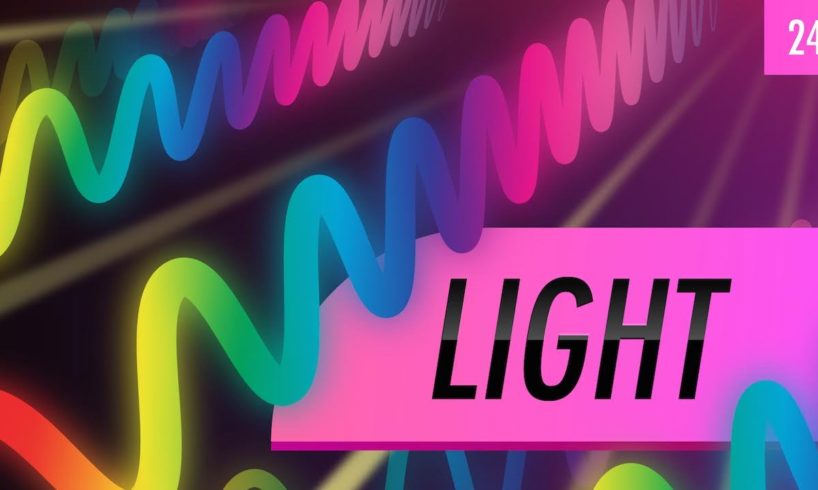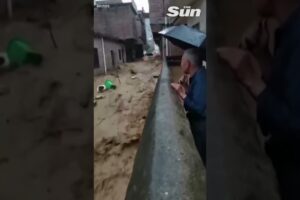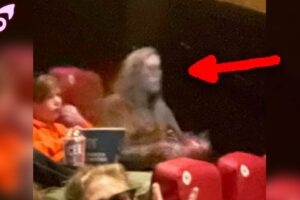
In order to understand how we study the universe, we need to talk a little bit about light. Light is a form of energy. Its wavelength tells us its energy and color. Spectroscopy allows us to analyze those colors and determine an object’s temperature, density, spin, motion, and chemical composition.
Check out the Crash Course Astronomy solar system poster here: http://store.dftba.com/products/crashcourse-astronomy-poster
—
Chapters:
Introduction 00:00
Light is a Wave 0:31
Electromagnetic Spectrum 1:32
How is Light Made? 3:19
Atomic Structure 4:47
Spectroscopy 7:14
Redshift vs Blueshift 8:26
Review 9:50
—
PBS Digital Studios: http://youtube.com/pbsdigitalstudios
Follow Phil on Twitter: https://twitter.com/badastronomer
Want to find Crash Course elsewhere on the internet?
Facebook – http://www.facebook.com/YouTubeCrashCourse
Twitter – http://www.twitter.com/TheCrashCourse
Tumblr – http://thecrashcourse.tumblr.com
Support CrashCourse on Patreon: http://www.patreon.com/crashcourse
—
PHOTOS/VIDEOS
Wavelengths http://imagine.gsfc.nasa.gov/educators/gammaraybursts/starchild/Image6.gif [credit: Imagine the Universe! / NASA]
Observatories across spectrum http://imagine.gsfc.nasa.gov/Images/science/observatories_across_spectrum_full.jpg [credit: Imagine the Universe! / NASA]
Red hot spiral hotplate http://freefoodphotos.com/imagelibrary/cooking/slides/hot_electric_cooker.html [credit: freefoodphotos.com]
The Crab Nebula http://en.wikipedia.org/wiki/Nebula#/media/File:Crab_Nebula.jpg [credit: NASA, ESA, J. Hester and A. Loll (Arizona State University)]
Building the Space Telescope Imaging Spectograph http://imgsrc.hubblesite.org/hu/gallery/db/spacecraft/18/formats/18_print.jpg [credit: NASA]
VST images the Lagoon Nebula http://en.wikipedia.org/wiki/Lagoon_Nebula#/media/File:VST_images_the_Lagoon_Nebula.jpg [credit: ESO/VPHAS+ team]
Jupiter http://www.nasa.gov/images/content/414987main_pia09339.jpg [credit: NASA/Johns Hopkins University Applied Physics Laboratory/Southwest Research Institute]
Venus http://en.wikipedia.org/wiki/Atmosphere_of_Venus#/media/File:Venuspioneeruv.jpg [credit: NASA – NSSDC Photo Gallery Venus]
Ring Around SN 1987a, image 1 http://www.spacetelescope.org/images/opo9714e/ [credit: Jason Pun (NOAO) and SINS Collaboration]
Ring Around SN 1987a, image 2 http://www.spacetelescope.org/images/opo9714a/ [credit: George Sonneborn (GSFC) and NASA/ESA]
source







7:33 I could tell the difference, what does that make me?
by far the most interested ive been in physics!!
I think the left one was a darker shade
EEEEYYYYYYRGGGGHHHHHHH
Webb behind you :')
I have understood light as a particle that behaves like a wave…
BEST EXPLANATION EVER
Wow!!!! So informative and interesting thank you😍😍
Correct me if I'm wrong, so light is energy and energy has different wavelengths that produce different colors? But like why is color a thing? Or is it just how our brains perceives that information? I feel so dumb lol
Man science is so much more fun when you aren't forced to do it for school.
Been watching CrashCourse since highschool and now that I'm a teacher, I still love coming back to these videos 🙂
So helpful, thank you
excellent explanation …lovely…
._. wat
What if I can see the difference in shade the one on the right is lighter
sir today i have learned a lot from you. Thanks a lot. look forward to learn more.
I had my Light Off while watching this.
7:30 This makes me incredibly uncomfortable
so electromagnetic waves give energy to electrons…I've been reading on this topic now for 2 days and I have the impression that the whole concept is deliberately made cumbersome…one has to gather the knowledge from Chemistry, Physics, electromechanics, and the theorems are also seemingle overly complicated (not to mention that they decieve by removing the physical elements by purpose of simplifying the matter for calculation purposes…but then that leaves you being good at calculating stuff while not understanding what it is that you're "looking at")
theoretically if the universe explanded so far that the wavelength had stretched so much that it were infrared(not visible to humans) what would happen would we just not be able to see the planet at all
Thank you
Y
One of the best explanation I've heard so far, thanks!
my teacher brought me here
who all's here from ms langsdales class?
And God said "let there be light"
"LOVE IS A WAVE." Golden pun at the beginning.
When he mentioned about the Doppler effect, actually there was a motorcycle went pass to our house. 🤣
Finally able to appreciate this concept after my trash chem teacher taught this.
0:46 you can see the kerbal space program things in the bottom right corner of the screen
Man you brought your A game to the party on this one, great video
The left red square is lighter. Don't need a spectrometer for that one
Thank you for a very informative video. I just find the cutting very stressing – every new sentence eats the full stop off the previous …..
So I'm just gonna put it out there…who's here only because their astronomy teacher told them to watch this video and do a worksheet to replace the lab work that was supposed to be done before quarantine?
Awesome!
I got linked to this by my teacher and I just noticed the Kerbal space program figurines.
Well..idk how..but I kind of understood the differences between the two squares…the right one is lighter and the left is darker…
I saw the darker shade of red uwu